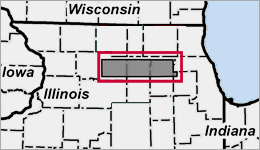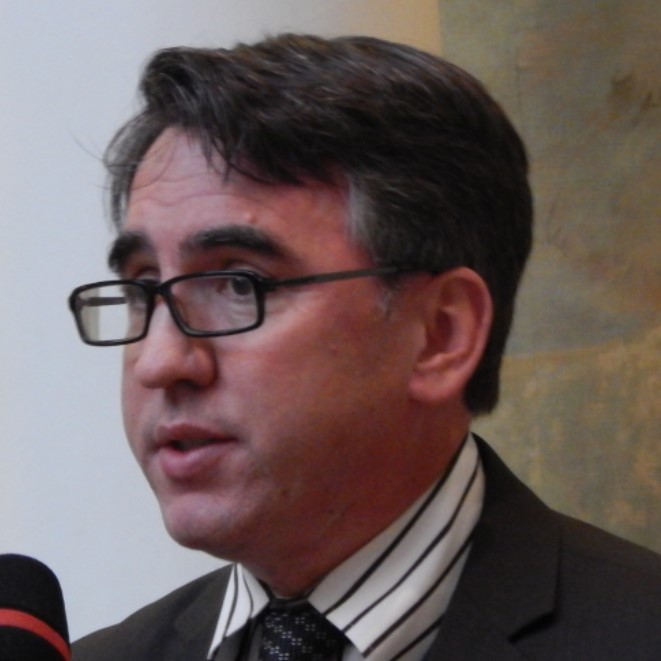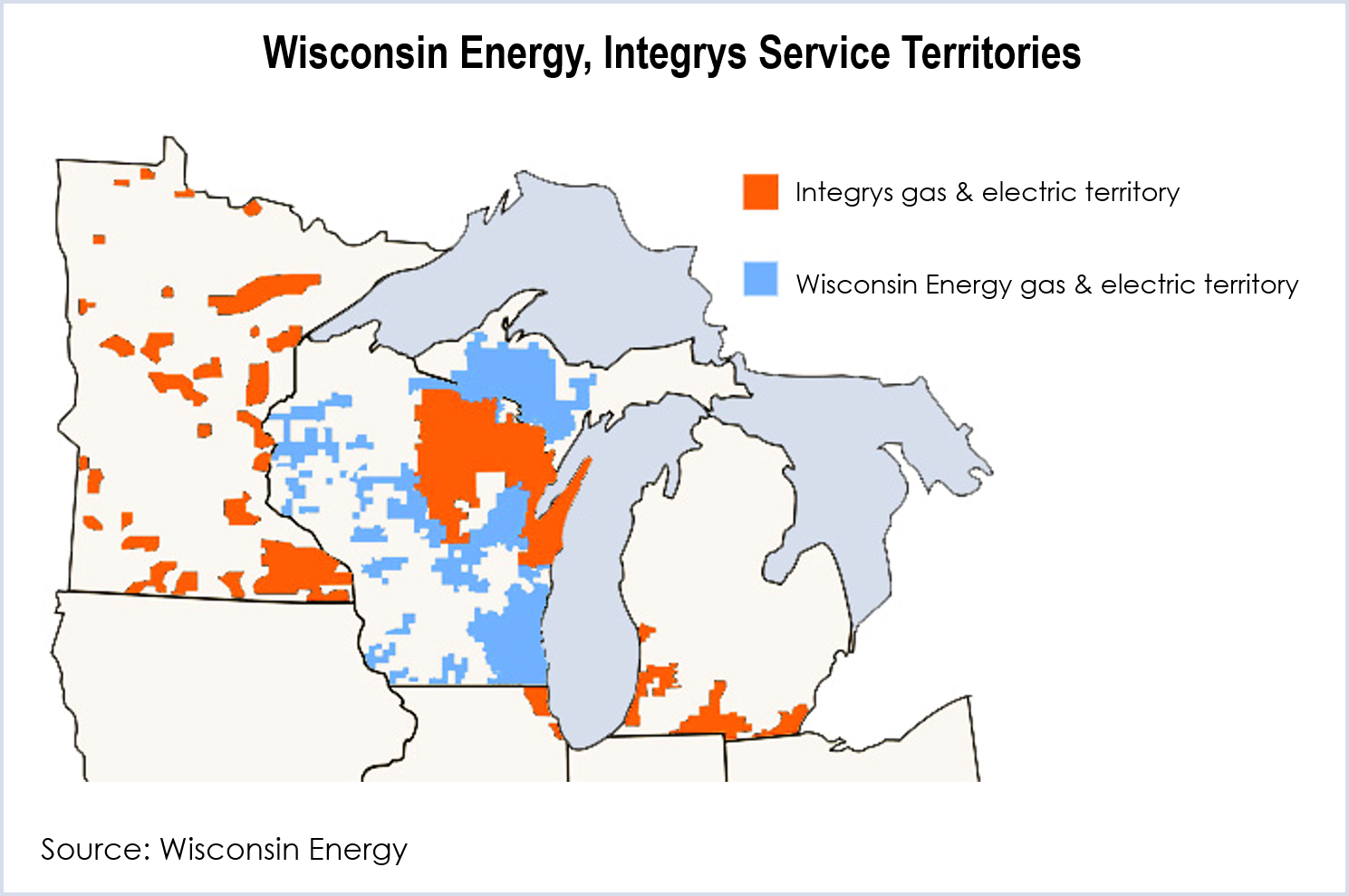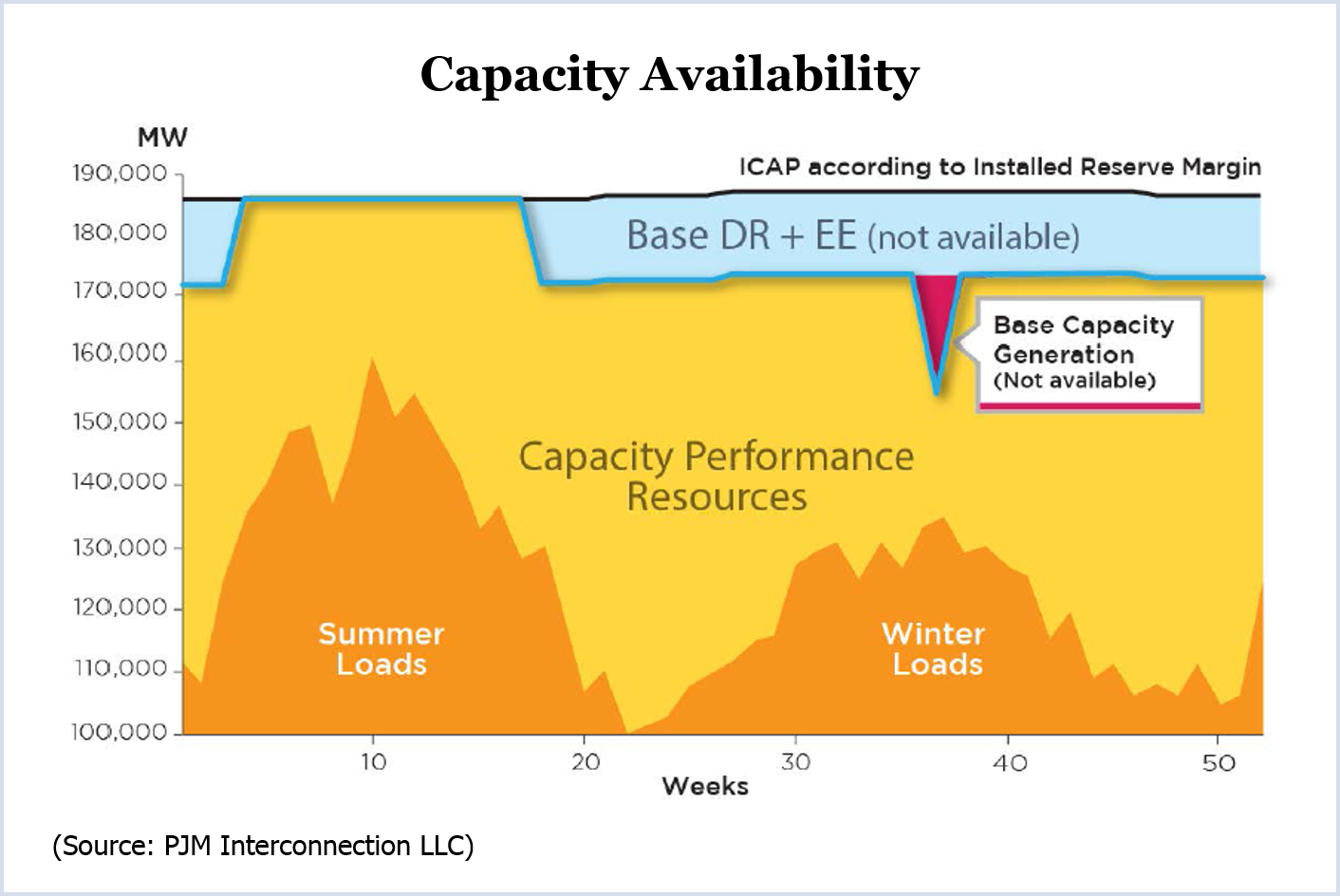State Holds Delayed Hearing on PSEG New Nuke Plans

Richard Cathcart, manager of Delaware City and a former state representative, said he supports construction of a new reactor on the Artificial Island site across the state line. “We know that the construction workforce could grow to over 4,000 jobs, many of which could go to Delawareans,” he said, noting that he was speaking as a private citizen. “And we know new construction could bring a much-needed and major boost to the economy.”
But environmentalists question how an early site approval can be given when PSEG hasn’t even determined what type of reactor design it would deploy.
More: The News Journal
DISTRICT OF COLUMBIA
New Office of Consumer Services Chief Named by Public Service Commission
The Public Service Commission appointed a program analyst as the interim Director of the Office of Consumer Services.
Susan Nelson, who started as an analyst in the PSC’s Office of Technical and Regulatory Analysis in May, was elevated to fill the position after Linda Jordan retired earlier this month. The Office of Consumer Services handles consumer complaints and inquiries and operates outreach programs. Nelson held numerous customer care and billing positions in the telecommunications industry before joining the PSC.
More: PSC
ILLINOIS
Grand Prairie Gateway Wins ICC Approval

The 345-kV line “would allow greater access to renewable energy west of Illinois, which should enhance competition in the electricity markets,” a commission news release said. Terence Donnelly, ComEd executive vice president, said the line will relieve congestion that impedes the flow of low-cost energy, and reduce costs for delivering energy to customers.
The line would start from a substation near Byron Nuclear Generation Station and continue to a substation near Wayne. Byron is owned by ComEd’s parent company, Exelon.
More: Kane County Chronicle
INDIANA
Vectren Customers See Big Spike in Energy Bills
Droves of Vectren customers have applied for energy assistance after many complained about dramatically higher bills to make up for underpayments in previous months.
The Utility Regulatory Commission is monitoring Vectren’s action plan after hundreds of customers complained. Vectren officials say that the problem stems from inaccurately estimated bills. The company has been swamped with requests to meet with customer service representatives, and community service organizations say they’re experiencing record numbers of requests for emergency energy subsidies.
A single mother of three children said her Vectren bill was around $11 for three straight months then jumped to more than $700.
More: WTVW
KENTUCKY
LG&E/KU Adjusts Generation Construction Plans
Louisville Gas & Electric and Kentucky Utilities updated plans with the Public Service Commission, telling the PSC they will need to build between 368 MW and 737 MW of natural gas generation starting in 2020. The PPL subsidiaries filed the updated resource assessment report with the PSC last week.
The companies said they plan to retire two units at the E.W. Brown coal-fired plant and still plan to go forward with a 10-MW solar project on the plant site. Uncertainty about the effect of the recent Environmental Protection Agency emissions rules make it difficult to be more specific, the utilities said. Further load growth studies could force them to consider building more natural gas-fired generation before 2020.
More: UtilityDive
MARYLAND
PSC Holding Public Sessions on BGE’s Rate Increases

The company wants to raise distribution charges to both gas and electric customers by about $15 a month. BGE says it needs the increase to pay for infrastructure upgrades. If approved, the rates would go in effect in January.
More: The Baltimore Sun
MICHIGAN
Senators Ask Feds to Delay We Energies Rate Hike
Sens. Carl Levin and Debbie Stabenow have asked the Federal Energy Regulatory Commission to reconsider its decision to force We Energies customers in the state to absorb a $97 million rate increase to pay for the company’s power plant in Marquette.
We Energies wanted to shut its Presque Isle Power Plant after its largest industrial companies switched to another provider. But MISO determined the plant was crucial to system reliability and ordered that it stay in operation. The Wisconsin Public Service Commission later ruled that a large number of Wisconsin customers should be freed from paying the plant’s costs, shifting the bill to Michigan customers. FERC upheld its ruling.
Levin and Stabenow said the rate impact on customers in the Upper Peninsula is unjustified.
More: WTAQ
NEW JERSEY
Report: Utilities Need to Give BPU More Storm Info
The Board of Public Utilities needs more information on storm responses to determine how to best improve resiliency, according to a consultant’s report.
The report, prepared by GE Energy Consulting, says the state fails to get enough information before and during storms to help it determine the most cost-effective solutions.
It also called on utilities to harden portions of the grid, especially substations. During Superstorm Sandy, 40% of Public Service Electric & Gas substations were shut down by flooding. Since then, the company has started a program to raise substations above the 100-year flood zones or to protect them with walls.
More: NJSpotlight
Utilities Spent $1.25B on Storms in 2011 and 2012, Study Shows
The Board of Public Utilities said utilities in the state spent $1.25 billion to restore and repair systems after the storms of 2011 and 2012, including Superstorm Sandy. The tally was part of the board’s review of storm costs to determine what should be recovered from ratepayers.
The board approved a New Jersey Natural Gas request to recover $48.7 million, including the costs to replace sections of natural gas distribution mains washed away by Sandy. Jersey Central Power & Light said it spent $736.1 million in storm costs. Public Service Electric & Gas said it spent $366.3 million. Atlantic City Electric put its costs at $70 million.
ACE has already received permission to increase rates to cover its costs. JCP&L has a request pending. PSE&G hasn’t asked to raise rates.
More: Asbury Park Press
NORTH CAROLINA
Duke Won’t Charge Customers for Corporate Taxes it Doesn’t Pay
Duke Energy said it will not charge customers $19 million for corporate income taxes that it doesn’t actually have to pay, even though the Utilities Commission approved the practice.
The NCUC ruled earlier this month that utilities can continue to charge customers a 6.9% tax, even though the state legislature recently cut the corporate tax from 6.9% to 5%. Duke said it could have extracted $19 million a year more from Duke Energy Carolinas and Duke Energy Progress customers under the ruling.
“Duke Energy supports the NCUC’s Oct. 9 decision that explains the state of the law in North Carolina,” Duke said. “However, in this case, we have already reduced rates to reflect the decrease in corporate income taxes.”
The ruling gave utilities the option to adjust rates and set an Oct. 24 deadline for them to decide. Republican commission members said the over-collections are negligible for individual bills, but the Democrats said the state’s four utilities would generate an additional $21 million a year.
More: The News & Observer
OHIO
PUCO Drops In-State Renewables Requirement
Utilities in the state no longer have to find in-state sources for half of their renewable energy supply, the Public Utilities Commission ruled.
While making it easier for companies to reach renewable targets, the decision is another blow to the state’s solar industry, which is already feeling a downturn after legislators froze renewable targets earlier this year. “Pure financial projects are on hold right now,” said Geoff Greenfield, president of Third Sun Solar.
More: Columbus Business First
PENNSYLVANIA
PUC Eyes Extension of Utility-Based Energy-Efficiency Conservation
The Public Utility Commission opened a study to consider extending state-directed energy-efficiency and conservation targets for utilities beyond 2016.
The current programs, authorized by a 2008 law called Act 129, set targets for reductions in consumption and peak demand. The targets expire in May 2016. The law requires the PUC to re-evaluate the costs and benefits of energy-efficiency and conservation programs every five years and to consider extending the goals.
More: PUC
EDCs to Provide Customers Look at What Info is Given to Suppliers
The Public Utility Commission directed the state’s electric utilities to reach out to customers every three years to give them the opportunity to review the marketing information being provided to third-party electric generation suppliers. The information includes historic usage and customer addresses.
The PUC’s order directs electric distribution companies to allow customers to access the information and to restrict it if they want. The commission’s action calls on all distribution companies to remind customers of their right to access the information.
More: PUC
PUC’s Audit of PECO Shows Possible Millions in Savings
A Public Utility Commission audit of PECO’s management and operations suggested ways the company could save up to $5.7 million a year and up to $3.1 million in one-time savings. The commission’s Bureau of Audits report was made public by a 5-0 vote of the commission.
The report provided 28 recommendations for the company to improve performance and save money, including reducing non-storm response overtime, improving the mapping of its natural gas lines to cut down on gas line hits and improving oversight of contractors. PECO has agreed to implement all of the recommendations by the first quarter of 2017.
More: The Philadelphia Inquirer; PUC
VIRGINIA
Appalachian Power Files for 6 Energy-Efficiency Plans
Appalachian Power has filed with the State Corporation Commission for approval for four residential energy-efficiency programs and two programs for commercial and industrial customers.
The residential programs include home energy assessments, incentives for customers to give up second refrigerators or freezers, new construction energy-efficiency standards and retail rebates for high-efficiency lighting and appliances. The C&I plans provide incentives for high-efficiency lighting and heating and cooling equipment, and rebates for larger energy-efficiency projects.
The programs are designed to help the company reach mandated energy reduction targets.
More: Bluefield Daily Telegraph
WEST VIRGINIA
Possible to Meet EPA Standards with Mix of Methods, Report Says
The state could meet the Environmental Protection Agency’s proposed carbon emissions standards with a combination of more renewable generation, power plant modification and energy-efficiency programs, according to a report released last week.
The report identified several areas necessary to meet the targets, including modifying existing power plants; dispatching low-emitting plants first; increasing renewable energy generation; expanding energy-efficiency programs; and building lower-emitting, natural gas-fired plants to take advantage of the state’s shale gas production. The report was prepared by the West Virginia University College of Law’s Center for Energy and Sustainable Development, the Morgantown-based consulting firm Downstream Strategies and the Appalachian Stewardship Foundation.
Given the available options, the report said the state can develop a plan to meet its emission targets while also enhancing social, economic and environmental benefits.
More: The Charleston Gazette





